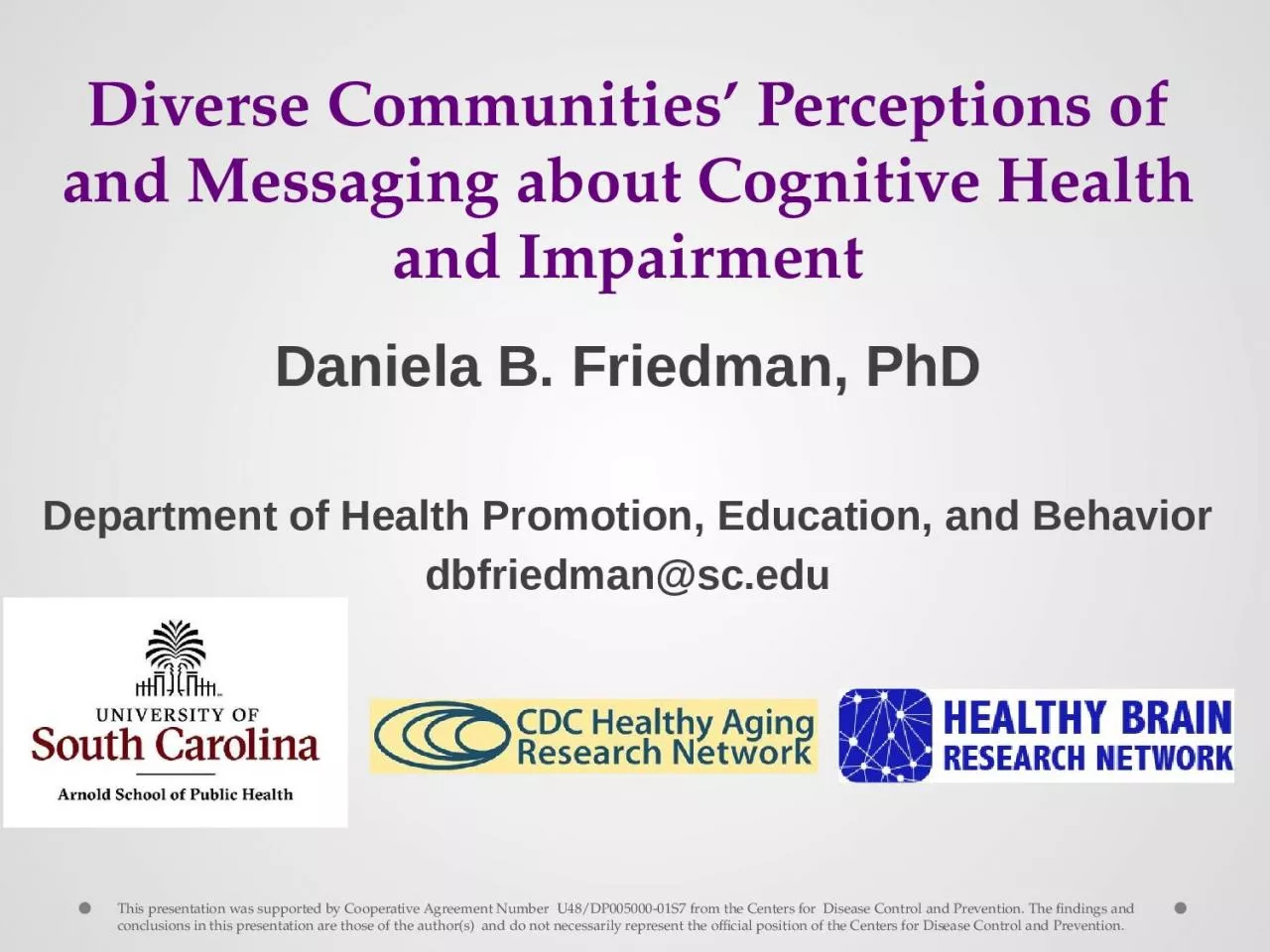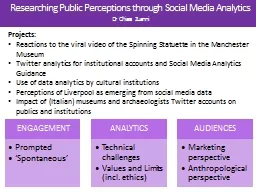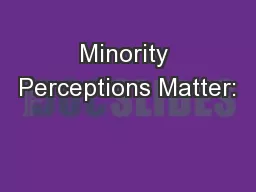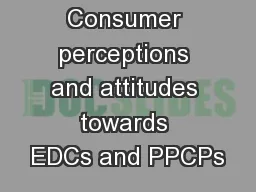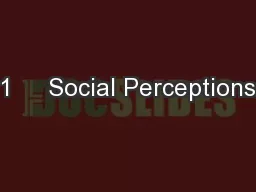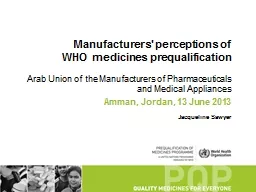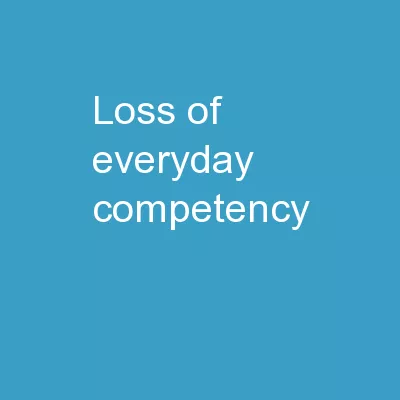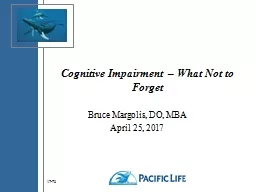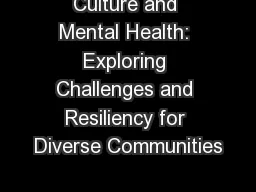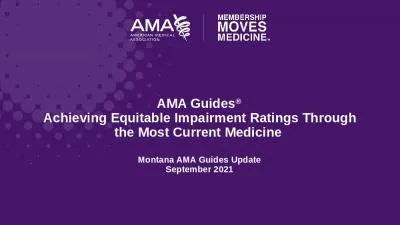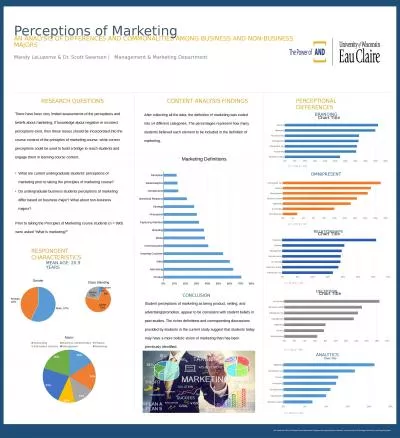PPT-Diverse Communities’ Perceptions of and Messaging about Cognitive Health and Impairment
Author : rosemary | Published Date : 2023-11-20
Daniela B Friedman PhD Department of Health Promotion Education and Behavior dbfriedmanscedu This presentation was supported by Cooperative Agreement Number U48
Presentation Embed Code
Download Presentation
Download Presentation The PPT/PDF document "Diverse Communities’ Perceptions of an..." is the property of its rightful owner. Permission is granted to download and print the materials on this website for personal, non-commercial use only, and to display it on your personal computer provided you do not modify the materials and that you retain all copyright notices contained in the materials. By downloading content from our website, you accept the terms of this agreement.
Diverse Communities’ Perceptions of and Messaging about Cognitive Health and Impairment: Transcript
Download Rules Of Document
"Diverse Communities’ Perceptions of and Messaging about Cognitive Health and Impairment"The content belongs to its owner. You may download and print it for personal use, without modification, and keep all copyright notices. By downloading, you agree to these terms.
Related Documents

